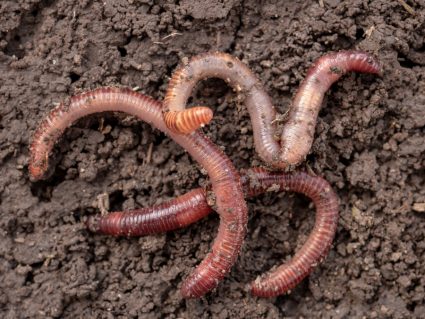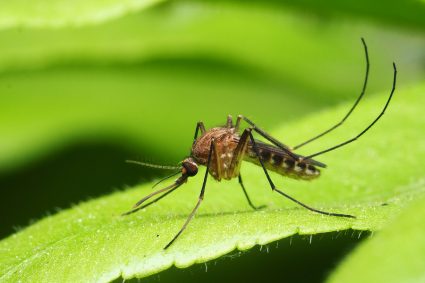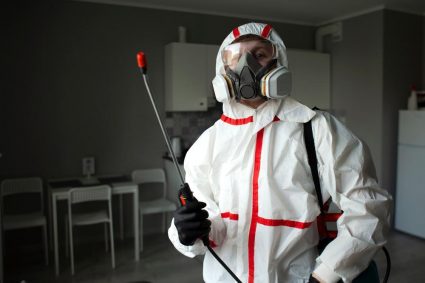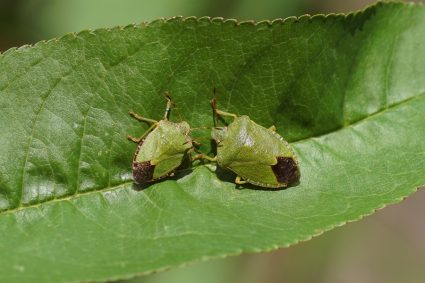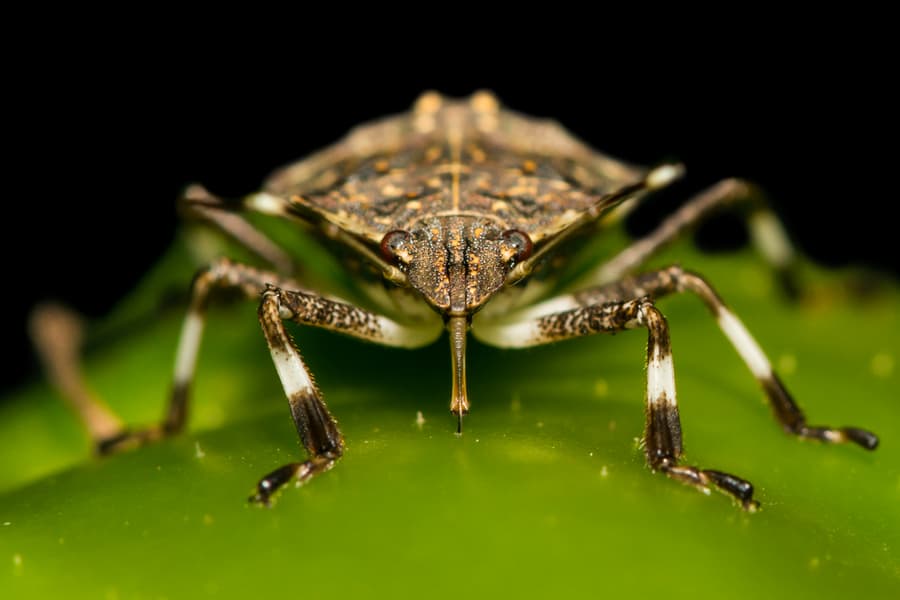
Today, there is a variety of synthetic and natural incense in the market that repel insects. People love the idea of repelling bugs with incense because of the pleasant smell they leave in living spaces.
Below, we will consider some incense that repels bugs and the science behind them:
Warm weather comes with swarming pests, ready to bite and sting. During this season, bugs like mosquitoes, bees, flies, and more enter the atmosphere with a vengeance.
Burning incense is one way to keep these flying insects at bay. Since the olden days, people have turned to plants for aromatic fumes that often double as bug repellants.
A few of these bug-repelling incense scents include those from:
- Eucalyptus
- Cloves
- Lavender
The rest of the article will identify eight bug-repelling incense scents, the science behind their bug-repelling properties, and how to use them to keep bugs away from your space.
8 Bug-Repelling Incense Scents

Incenses typically come in stick or coil form, and you can burn them on an old dish in your kitchen. Or, with a store-bought incense holder, which can double as an addition to your home decoration.
While some incense fragrances are only for their sweet smells, others double as bug repellants.
We will now consider some of these incense scents you can use against bugs:
1. Citronella

Citronella is a popular bug repellant and is a major ingredient in most mosquito repellent sprays sold in stores. It interferes with the olfactory receptors of bugs like mosquitoes. While these bugs are flying around in search of carbon dioxide, they can’t recognize the scent because of citronella.
The strong citronella scent also masks other odors that would usually attract bugs. So, they have no reason to come around.
2. Eucalyptus

The eucalyptus plant has a strong scent that makes it difficult to locate its targets. This is the same effect you get from using eucalyptus-based incense. It holds many similarities to citronella, a strong mosquito-repellant plant.
You can get store-bought eucalyptus incense or burn shredded, chipped, or eucalyptus wood bark. Even filling your diffuser with eucalyptus oil can help keep bugs at bay.
3. Cloves
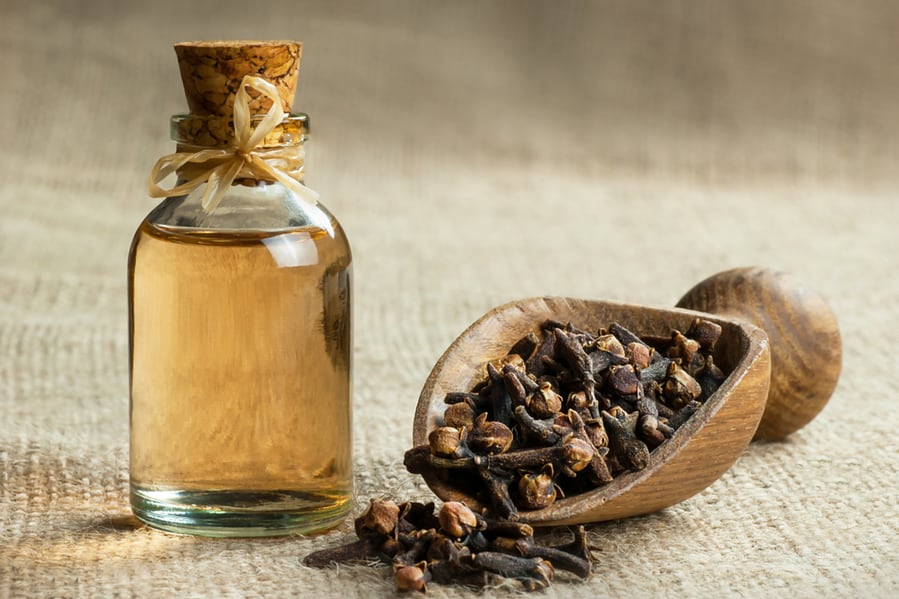
Many humans love the smell of spices like cloves, but this distinct scent turns many insects off. For example, bugs hate the smell of cloves and will do anything to avoid them. That is why cloves form part of most bug-repellent spray ingredients.
When released into the atmosphere, cloves release a distinct scent that sends ants and other insects scrambling in another direction. Cloves are a fitting natural alternative if you have something against commercial, synthetic bug sprays.
You can purchase incense made with cloves in the stores or make yours by burning dried cloves.
4. Mosquito Coil
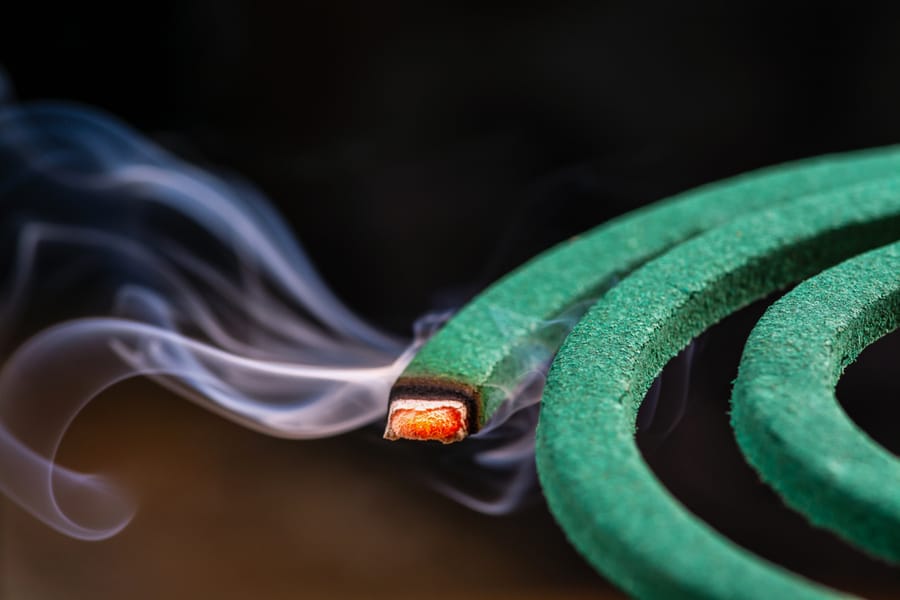
A mosquito coil is a special incense made from dried pyrethrum powder paste. It is then molded into a spiral form specifically for repelling mosquitoes.
Burning typically starts from the outer part of the coil and slowly moves toward the center. As it burns, the coil releases a special mosquito-repellent smoke.
A standard mosquito coil measures about 15 cm and burns for about eight to twelve hours; this bug repellent is synthetic incense with natural extracts.
For example, pyrethrum comes from a chrysanthemum plant. It is then combined with other synthetic chemicals like Dimefluthrin and Piperonyl butoxide.
5. Lemongrass
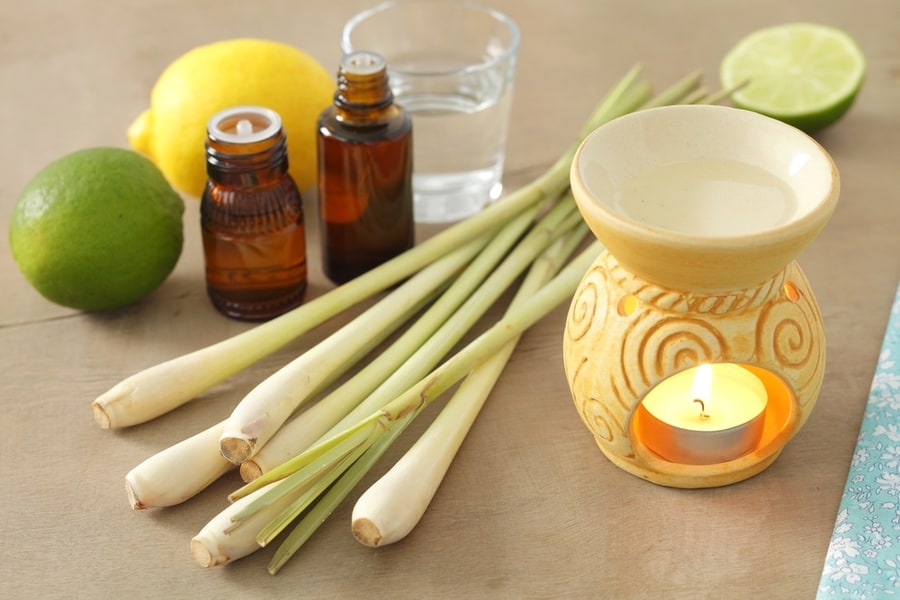
Lemongrass is more than a seasoning in many recipes. This herb found in tropical areas contains citral, an oil that is a major ingredient in most bug repellents. The National Library of Medicine conducted a study that shows that lemongrass is effective against mosquitoes.
As such, lemongrass can be made into candles and incenses to fight common bugs like mosquitoes and bees. The acidic scent in lemongrass increases the acidic level of insects like bed bugs and kills them.
Alternatively, you can plant lemongrass on your porch and other areas prone to insect infestation. It requires only soft wet soil and sunlight to grow.
6. Sage

Sage is another plant you can add to your incense arsenal against flying bugs. In many cultures, it is used for spiritual cleansing and burned during religious rituals.
However, you can burn this plant at home to keep bugs far from you. The sage plant is a popular member of the mint family, known to emit an aromatherapeutic scent.
Apart from making you feel great, the scented smoke keeps flying critters away.
7. Lavender

The lavender plant is more than just an aromatic herb. It has many culinary uses and its fragrant leaves double as bug repellants.
Its strong scent can help repel bugs like mosquitoes, flies, moths, and fleas. The plant contains linalool, a non-toxic agent in most pesticides.
When released into the air through incense, it repels insects. This natural repellent is perfect for people in the tropics and sub-tropical regions.
8. Pinon Pine or Wood
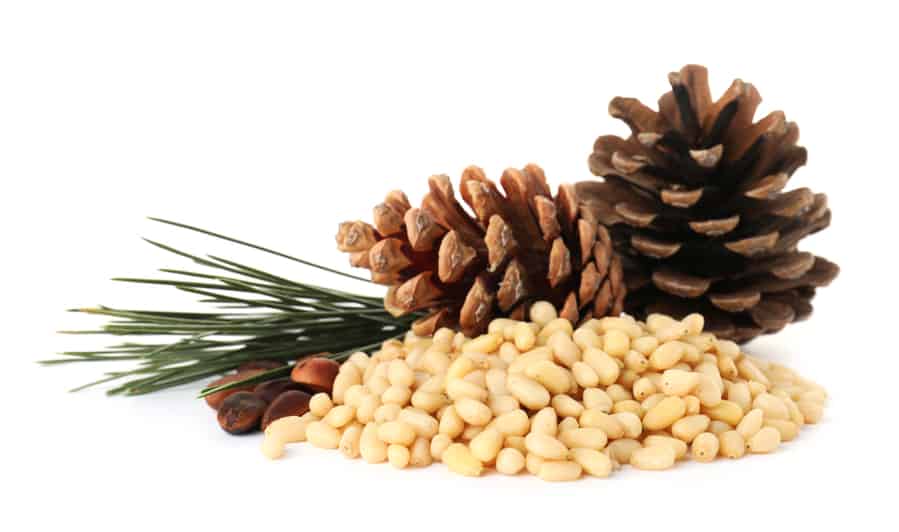
Burning pinon wood is another way to release an incense scent that drives bugs away. Pinon wood is found in the Southwestern United States and is an effective mosquito repellant.
Its smoky fragrance adds an excellent aroma to the surroundings, but bugs, especially mosquitoes, can’t stand the scent. A common way to use pinon wood is to burn it in a fire pit or fireplace. Then, let the smoke and aroma waft through the house. This will discomfort bugs and drive them away.
Conclusion
Bugs hate smoke, especially one that has the smell of something they hate. Purchasing or making incense from bug-repelling plants and synthetic materials is one way to keep your house bug-free. This includes mosquito coils, lavender, citronella, eucalyptus, cloves, sage, lemongrass, and pinon pine.
Burn these safely indoors or outside your house, and bugs will flee from you like a plague.
Since burning incense inside the house increases the chances of indoor air pollution, it is advisable to burn incense outdoors. However, if you must burn incense inside the house, ensure proper cross-ventilation first.
Frequently Asked Questions
Are Natural Bug Repellants Safer Than Commercial Insecticides?
Most commercial insecticides are synthetic and contain toxic ingredients like pyrethrins. These ingredients can cause severe health problems if inhaled or ingested.
An example is insecticide poisoning which causes breathing problems, nausea, swelling, and dizziness. For this reason, commercial insecticides may be unsafe for at-home use.
On the other hand, natural-based products are safer for use within the home.
What Is the Risk of Burning Incense at Home?
Burning anything inside the house increases the chances of indoor air pollution. People inside the house may inhale harmful chemicals, especially if the incense is made from synthetic compounds.
Thus, it is advisable to burn incense outdoors or ensure proper cross-ventilation before burning one inside the house.


